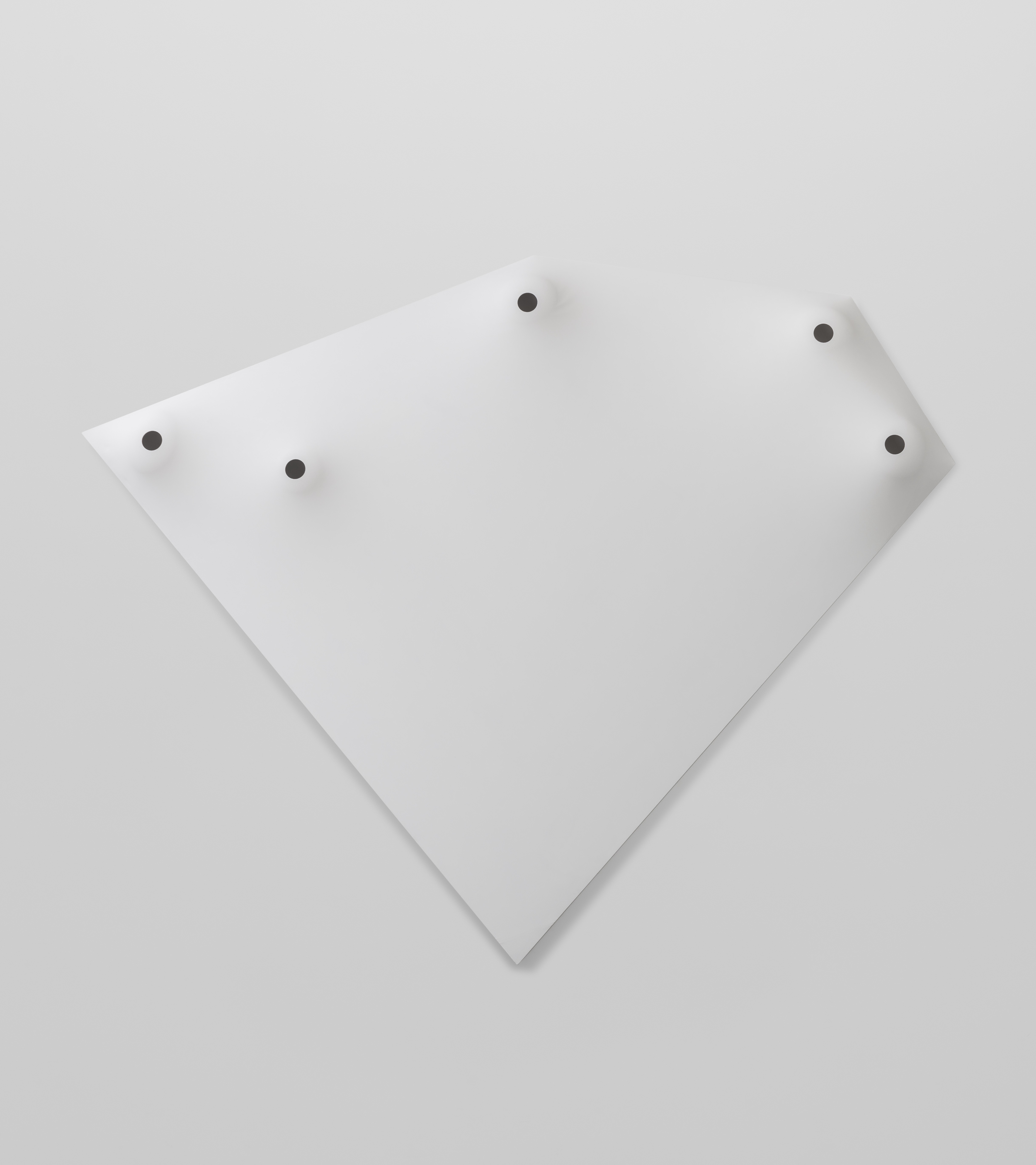
Norio Imai
b. 1946
ART WEEK TOKYO | NOVEMBER 2–5, 2023
SECTION 06
In the modern canon, sculpture starts with the representation of the human figure. For a long time the main formal concerns of this genre were how to express volume through mass and how to imbue mass with movement.
Then the emergence of abstract sculpture in the early 20th century introduced a new concern: space. Artists basically threw out mass, volume, and movement in pursuit of a field where the arrangement of geometric elements could produce a more vivid experience of the space that is often overlooked in everyday life. After World War II, they began to work with new technologies and materials, adding elements such as light, color, and sound to make what were celebrated as “environments.” It’s telling that two of the most notable exhibitions held in Tokyo in 1966 were entitled “Color and Space” and “From Space to Environment.”
That’s the story with so-called fine art, at least. In the realm of craft there are things like ceramic sculpture and the strain of Japanese ceramics called “objet ware” (obuje yaki), which is focused on making ceramic objects without utility. Fascinatingly, such works hardly convey any sense of volume or space—and this is not to put down the ceramic artists who make them. Such artists are simply dealing with a different set of concerns than sculpture rooted in human figuration. After all, any dish or plate—which all ceramic artists make at some point—generates its own small yet fecund space. In that sense, to make ceramics with no function amounts to making ascetic objects that renounce volume and space despite having mass.